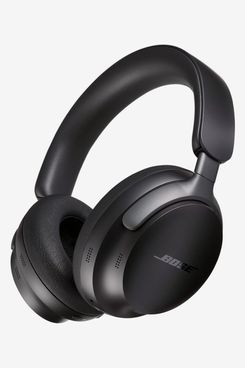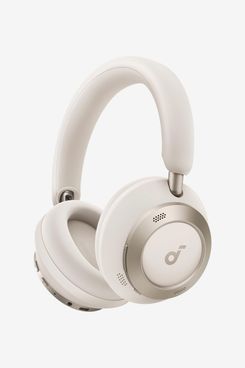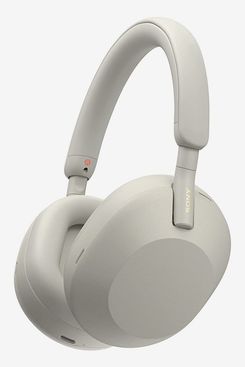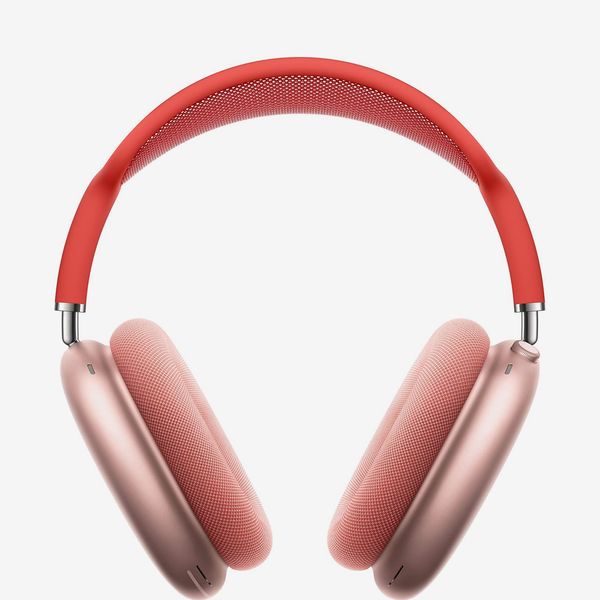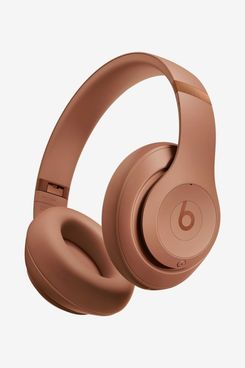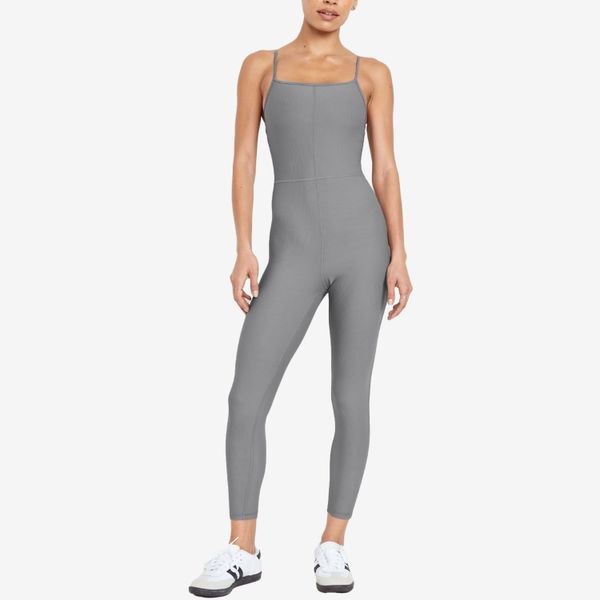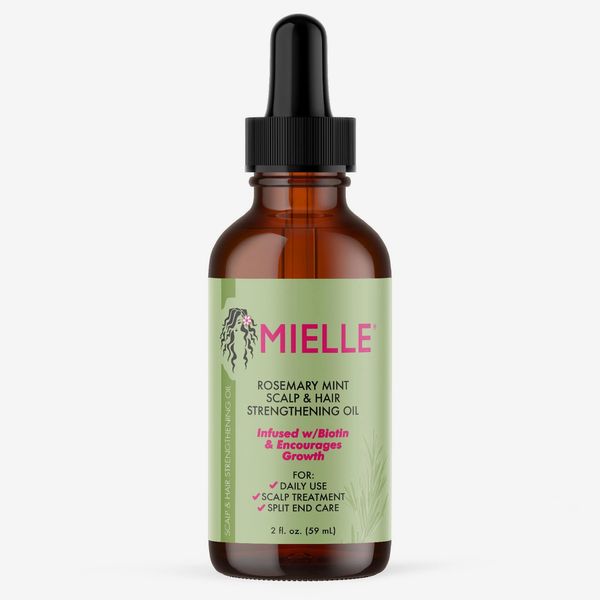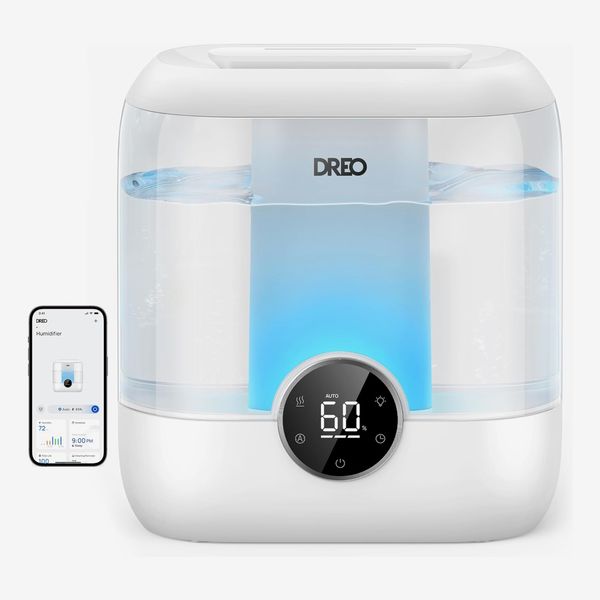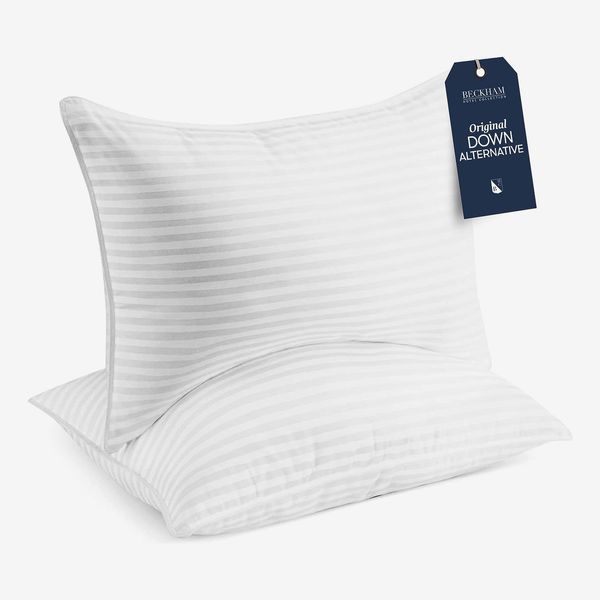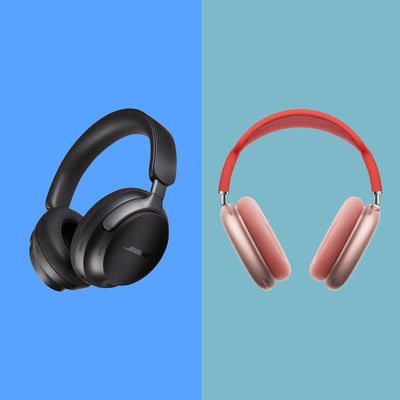
In this article
A truly great pair of noise-canceling headphones will do more than just play your favorite tunes without any interference from your surroundings. They should sound good, sit comfortably on your head even for long periods of time, and last longer than 24 hours on a single charge. There are plenty of noise-canceling headphones out there ranging from well under $100 to thousands of dollars, but not many of them get the balance of these qualities just right (and for a reasonable price). For instance, some headphones might have great noise cancellation but not be as comfortable as a pair that lets a little bit more noise in.
There are two forms of noise cancellation that headphones can take advantage of: passive and active. In passive noise cancellation, sound is prevented from entering your ears using physical methods, whether by creating a seal around your ear or within your ear canal while remaining comfortable to wear. Active noise cancellation — which can work in tandem with passive cancellation — uses an array of microphones on the headphones to process external sound waves and emit the opposite waveform to cancel them out. ANC uses more battery life than passive cancellation alone, but it’s also far more effective, so I only tested models that had active noise cancellation.
To find the best noise-canceling headphones, I tested eight pairs for a minimum of eight hours each by listening to a playlist spanning a variety of genres, including country, jazz, hip-hop, and metal, and in settings with different levels and types of noise. I also made phone calls on each pair, spoke to people with transparency mode enabled, and took almost all of them on at least one flight. While there are thousands of noise-canceling headphones on Amazon, I mostly stuck to the best-known brands in the space — namely, Bose, Sony, and Apple. All are wireless, since that’s what companies seem to have decided that customers want. If you’re looking for noise-canceling earbuds, you’ll find some good options in our separate guide to those.
What we’re looking for
Battery life
Good headphones are not very useful if they can’t accompany you all the way to your destination or get you through an entire workday. I only tested models with at least 20 hours of battery life, since this is a common enough feature among even less expensive headphones (and many last 40 or more). Most manufacturers list two numbers for the battery life of a pair of headphones: one with active noise cancellation turned on, one without.
Transparency mode
Most of the time, you don’t want any noise sneaking past your headphones and into your ears, but it’s good to remain aware of your surroundings while commuting or otherwise out and about. Most modern noise-canceling headphones have some variation of transparency mode, which uses on-device microphones to replicate some sounds — like cars or someone speaking to you — in the headphones’ speakers in addition to whatever you’re listening to. A few headphones will even intelligently switch to transparency mode whenever you’re talking to someone and boost the volume of the speaking voice.
Weight
A pair of headphones isn’t any good if it’s too heavy to wear for more than a few minutes. Anything over a pound will likely be too much for a comfortable experience, so I only tested models that weighed one pound or less. I personally found that the most comfortable pairs weigh around half a pound.
Weight is just one contributing factor when it comes to comfort; clamping force is often the other noticeable one. I didn’t have any issues with the clamping force being too strong on any of the headphones I tested, but I’ve noted where they’ve been an issue for others.
Collapsible
Even if you’re not a one-bagger or daily commuter, it’s still good to have a pair of headphones that collapse into a smaller form to save some space in your bag. Most headphones I tested had the ability to fold each ear cup into the headband. If you only use your headphones at home, this may not seem important, but when you have limited bag space, every bit counts.
Best noise-canceling headphones overall
Battery life: 24 hours | Transparency mode: Yes | Weight: 0.56 pounds | Collapsible: Yes
Bose has long been known for its superb noise-cancellation technology. Of all the headphones I tested for this guide, Bose’s QuietComfort Ultra headphones were the most successful at blocking external noise while I was listening to music, podcasts, and audiobooks. In washing my dishes, I found that these headphones were effective at keeping out the sound of running water as well as most of the noise from dishes and silverware clanging together. I also brought these headphones along for a trip to New York City, and their ability to block out even loud sounds is impressive. Some engine sounds still bled through, but not enough to interfere with dialogue in audiobooks. These headphones do, however, emit a subtle white noise with ANC on when there isn’t any audio playing, which gets annoying quickly. The Sony WH-1000XM5, which came in a very close second for noise cancellation, never had this problem.
Unlike Sony’s WH-1000XM5s and Apple’s AirPods Max, these headphones lack conversational awareness, so you won’t be able to hear people when they try to talk to you without manually pausing your audio or taking your headphones off.
Sound quality is just as important as the ability to block out sounds, and Bose’s headphones shine here too. The bass and mid-tones are particularly strong and vibrant, while high tones sounded weaker than with the Sony’s WH-1000XM5. Podcasts and audiobooks sound good, but compared to the WH-1000XM5s, voices sounded slightly less natural (though I stopped noticing after a few minutes). If you tend to listen to more jazz and classical music, or if you’re picky about the sound quality of dialogue, you may prefer Sony’s headphones.
The QuietComfort Ultras have some of the best on-device controls of any headphones I’ve tested. There’s one multifunction button that you press once to play or pause, double-tap to skip forward, or triple-tap to skip backwards. To the right of that button is a touch-enabled strip that you slide your finger up and down to adjust the volume. It’s slightly raised, making it easy to locate, and your touch registers immediately, so it’s not any slower than physical volume controls. Plus, it’s just fun to play with.
Thanks to their soft memory-foam ear cushions and the headband, these headphones are comfortable to wear even for extended periods of time. Both ear cups have enough space to fit even large ears without feeling cramped. The ear cushions are removable, too, so you can swap them out for a fresh set once they’re too worn without having to buy entirely new headphones.
The QuietComfort Ultras have enough power to last a couple days on a single charge, just like the Sony WH-1000XM5, but not nearly as long as the Anker Soundcore Pro’s 60 hours.
Best (less expensive) noise-canceling headphones
Battery life: 40 hours with ANC; 60 hours without ANC | Transparency mode: Yes | Weight: 0.63 pounds | Collapsible: Yes
Anker Soundcore isn’t as established in the audio space as companies like Bose and Sony, but that just makes the quality of its affordable headphones even more impressive. Their noise cancellation and audio aren’t quite as good as those of more expensive headphones like the Bose QuietComforts or the Sony WH-1000XM5s, but the Ankers cost about half as much, and for many people, they’ll sound decent enough. In fact, they sound almost as good as the Beats Studio Pro overall and even have more balanced bass. As for noise cancellation, I could hear all the hosts of my favorite podcast just fine while I washed dishes.
The Space One Pros have a pass-through mode that allows you to hear people speaking to you even with your headphones on; you can set it to switch to this mode automatically when someone’s speaking. These headphones managed to make chatter sound just as natural as more expensive headphones like the AirPods Max.
The Space One Pros are made mostly of plastic, which feels slightly cheaper than the plastic on the Bose, Sony, or Beats headphones. Even so, these headphones don’t feel tacky, just a bit less polished. I do wish, however, that the ear cushions were removable, as they are on Apple’s AirPods Max and the Bose QuietComfort Ultras.
Best noise-canceling headphones for listening to music
Battery life: 24 hours with ANC; 32 hours without ANC | Transparency mode: Yes | Weight: 0.55 pounds | Collapsible: Yes
I very nearly named Sony’s flagship headphones our best noise-canceling headphones overall thanks to their impeccable sound and ANC that’s nearly as good as Bose’s. The WH-1000XM5s aren’t quite as effective as the QuietComfort Ultras at eliminating heavy noises like construction, but they’re slightly better at blocking out chatter in an airport or dogs barking. These headphones sound fairly similar to the QuietComfort Ultras, but with more balanced bass.
Most of the headphones I tested have physical buttons and dials to adjust the volume or sound mode. Sony, on the other hand, put a touch panel right on the sides of the headphones, and it’s delightful to use. To play or pause audio, all you have to do is tap or double-tap the touch panel while sliding your finger up or down will adjust the volume. It takes some getting used to at first, but it’s significantly easier to operate than the physical buttons on headphones like the Space One Pros or Beats Studio Pros.
My favorite feature on the WH-1000XM5 is “speak to chat.” When enabled, the headphones will automatically switch from noise-canceling mode to transparency mode while you’re talking to someone. After a period of silence, it’ll revert back to noise-canceling mode. The transition is smooth, and it’s much nicer than having to pause and physically activate transparency mode or take off your headphones.
Best noise-canceling headphones for Apple users
Battery life: 20 hours | Transparency mode: Yes | Weight: 0.85 pounds | Collapsible: No
The AirPods Max are excellent if you’re all in on Apple products and want great-sounding headphones that have the convenience of Apple’s wireless earbuds. Their unique design, which features a mesh headband, large metal ear cups, and a round dial that mimics the look of the Apple Watch’s digital crown, stands out among a crowd of look-alike headphones.
Just like the standard AirPods, the AirPods Max connect to Apple devices immediately after being removed from their case, and you can seamlessly switch between devices with just a few taps. You can also use these headphones to try out Apple’s Spatial Audio feature, but it only works with certain tracks on Apple Music and shows on Apple TV+.
Audio quality is on par with that of the Bose and Sony headphones, with balanced sound and effective noise cancelation. The transparency mode on the AirPods Max works better than any other pair of headphones I’ve tested. External noises sound clear through the headphones without overpowering whatever you’re listening to. It can sometimes be jarring when you hear a loud noise like a car honking its horn, so I do wish Apple had an equalizer to tweak the audio levels of your headphones, as most other audio manufacturers do.
Note that the AirPods Max are noticeably heavier than the other models on this list, and some people find the clamping force can be too strong initially and causes headaches (I haven’t had issues with this, personally). You may want to try them on in a store first to make sure they’re the right investment for you, but if they’re already in your possession and you’re finding them uncomfortable, you can try stretching them out gradually to get a better fit. The mesh headband may also begin to sag with use, and some people mitigate that by using a case or by buying a headband cover from a third-party seller.
Speaking of drawbacks, it’s hard to ignore the fact that Apple’s included case for the AirPods Max doesn’t protect the headband at all. That’s especially frustrating because the headband gets dirty easily and isn’t easy to clean, as you can’t remove it from the ear cups (and is another reason to consider getting the cover mentioned above). The ear cushions are removable, making them less of a struggle to clean.
Most stylish noise-canceling headphones
Battery life: 24 hours with ANC; 32 hours without ANC | Transparency mode: Yes | Weight: 0.57 pounds | Collapsible: Yes
Beats headphones have long been known for their unmistakable aesthetic and loud, booming bass. The company’s flagship over-ear headphones bring the best features of Apple’s AirPods Max to a cheaper, yet still stylish, model. The Beats Studio Pro have the same transparency mode as the AirPods, they connect to other Apple devices just as quickly, and they support Dolby’s spatial-audio feature that simulates a surround-sound effect.
The sound on the Beats Studio Pro isn’t quite as even as on the AirPods Max, and the bass is a bit heavier than on any of the other headphones I tested, but overall, they have a full and vibrant sound. Audio quality on phone calls is somewhat tinny compared to that of the AirPods Max and even the Soundcore Space One Pros, but it’s not enough to make a phone call unbearable.
Of all the headphones I tested, the Beats Studio Pros have the most color options, with seven neutrals to choose from. I wish there were more vibrant colors, but the colors do look great, and a few of the best options are from the Kim Kardashian collaboration.
Other headphones I tested
- Dyson’s OnTrac headphones are great in many ways: They’re gorgeous and highly customizable, their noise cancellation is solid, songs sound full and clear, and their premium materials are evident in how they look and feel. That said, they weigh a full pound. That’s far too heavy to be comfortable for long stretches of time.
- I almost recommended the Anker Soundcore Space One headphones as an even less expensive option, but the Space One Pros are enough of an upgrade that I’d recommend spending the extra $100 unless you absolutely can’t. The cushions on the Space Ones feel cheaper and less comfortable than the Space One Pros’, and the former has two fewer microphones, which leads to less effective ANC.
- I wanted to like the Sonos Ace headphones, but after a successful round of testing — I especially enjoyed the aesthetic of the headphones and their balanced sound — the headphones stopped turning on or accepting a charge. I’m working on resolving this issue, but for now, I can’t recommend them.
The Strategist is designed to surface the most useful, expert recommendations for things to buy across the vast e-commerce landscape. Some of our latest conquests include the best acne treatments, rolling luggage, pillows for side sleepers, natural anxiety remedies, and bath towels. We update links when possible, but note that deals can expire and all prices are subject to change.

